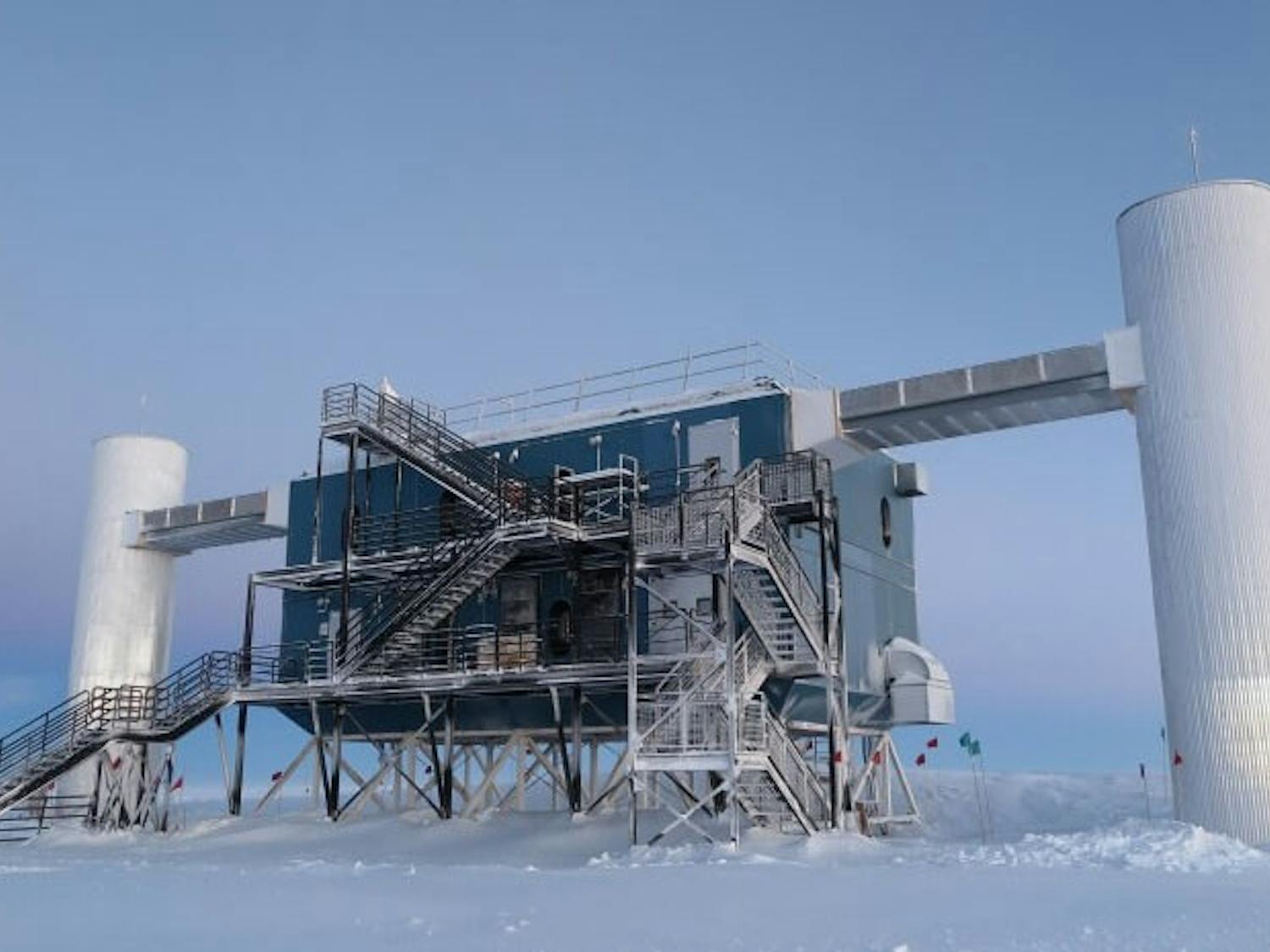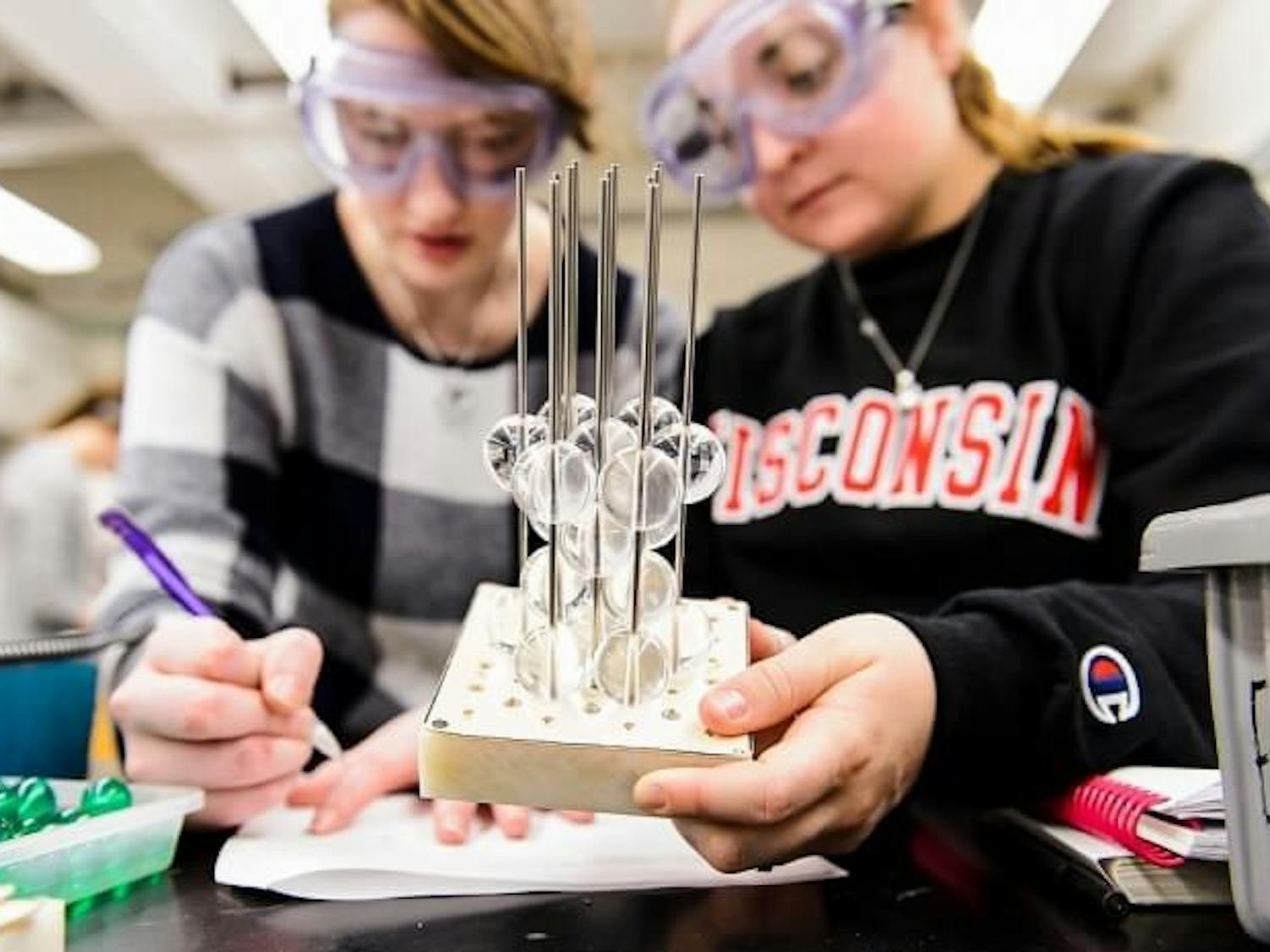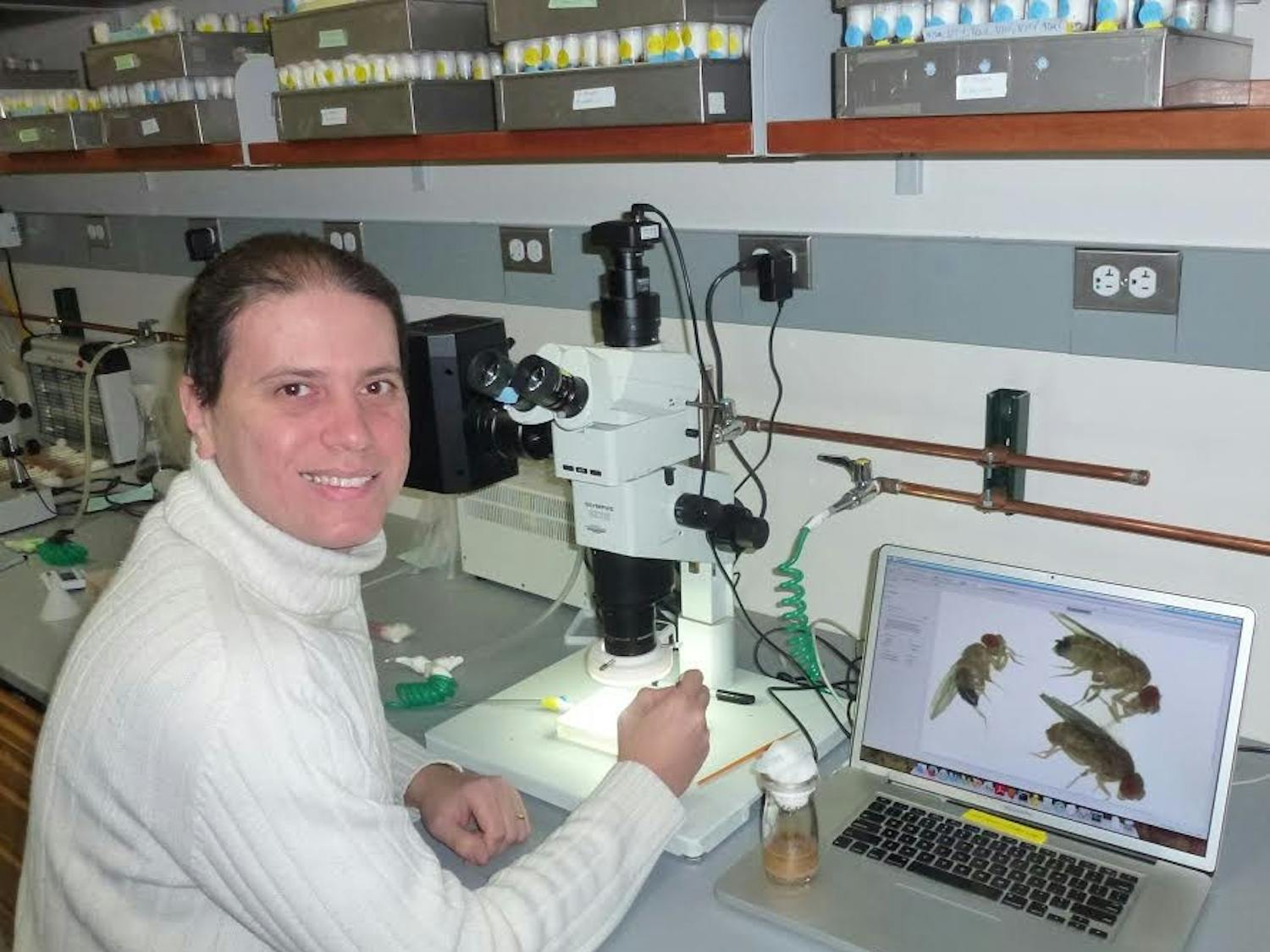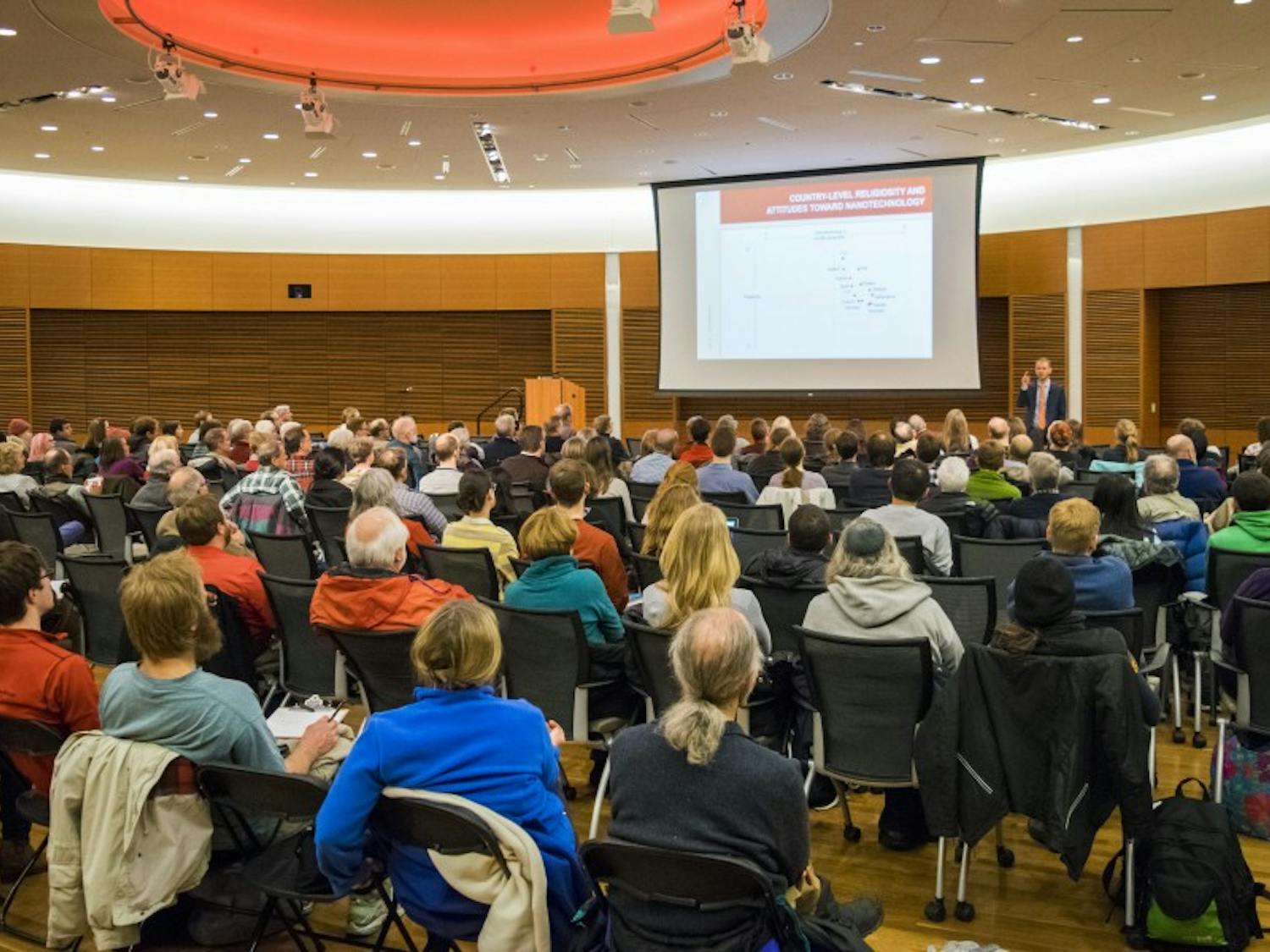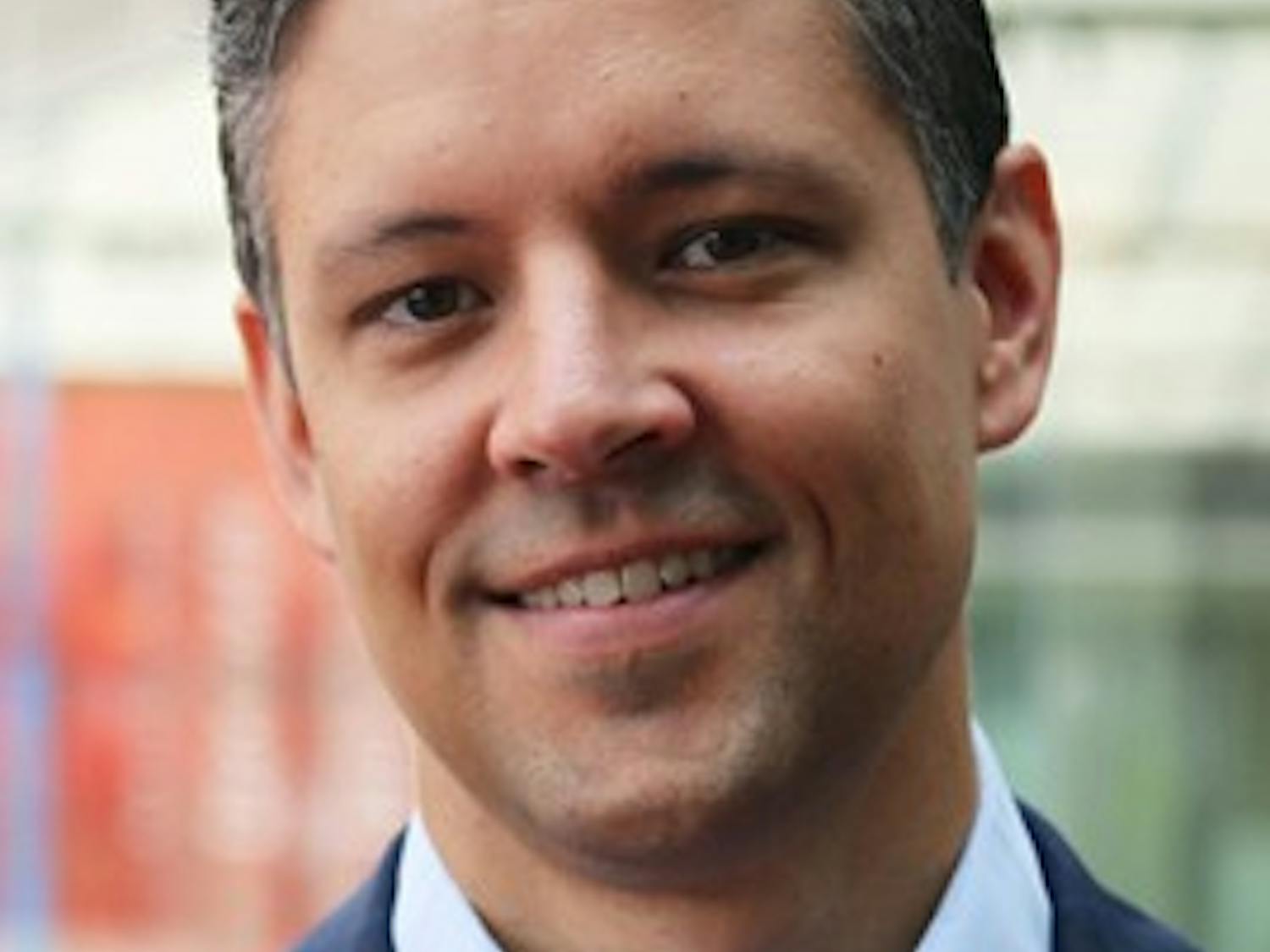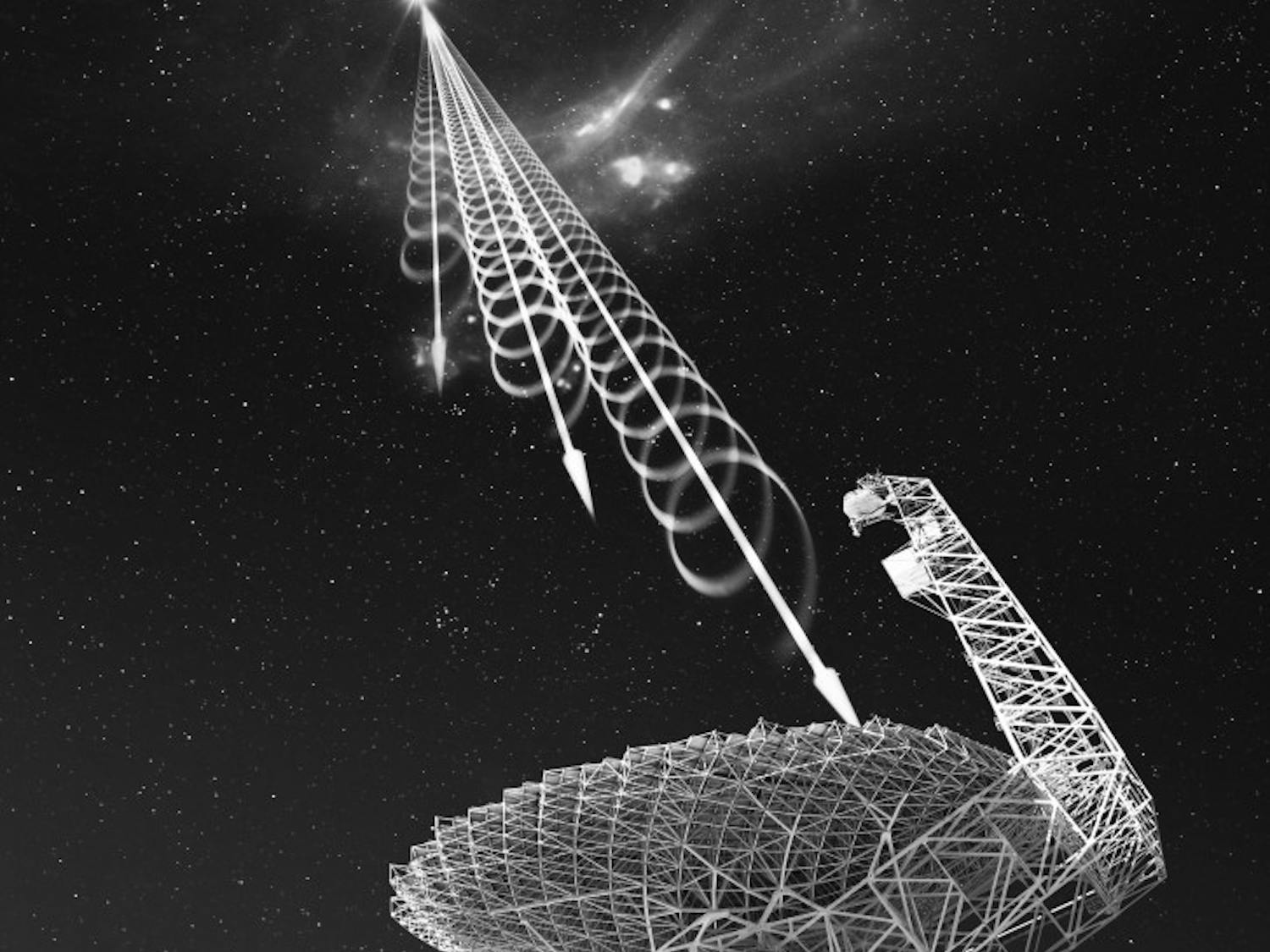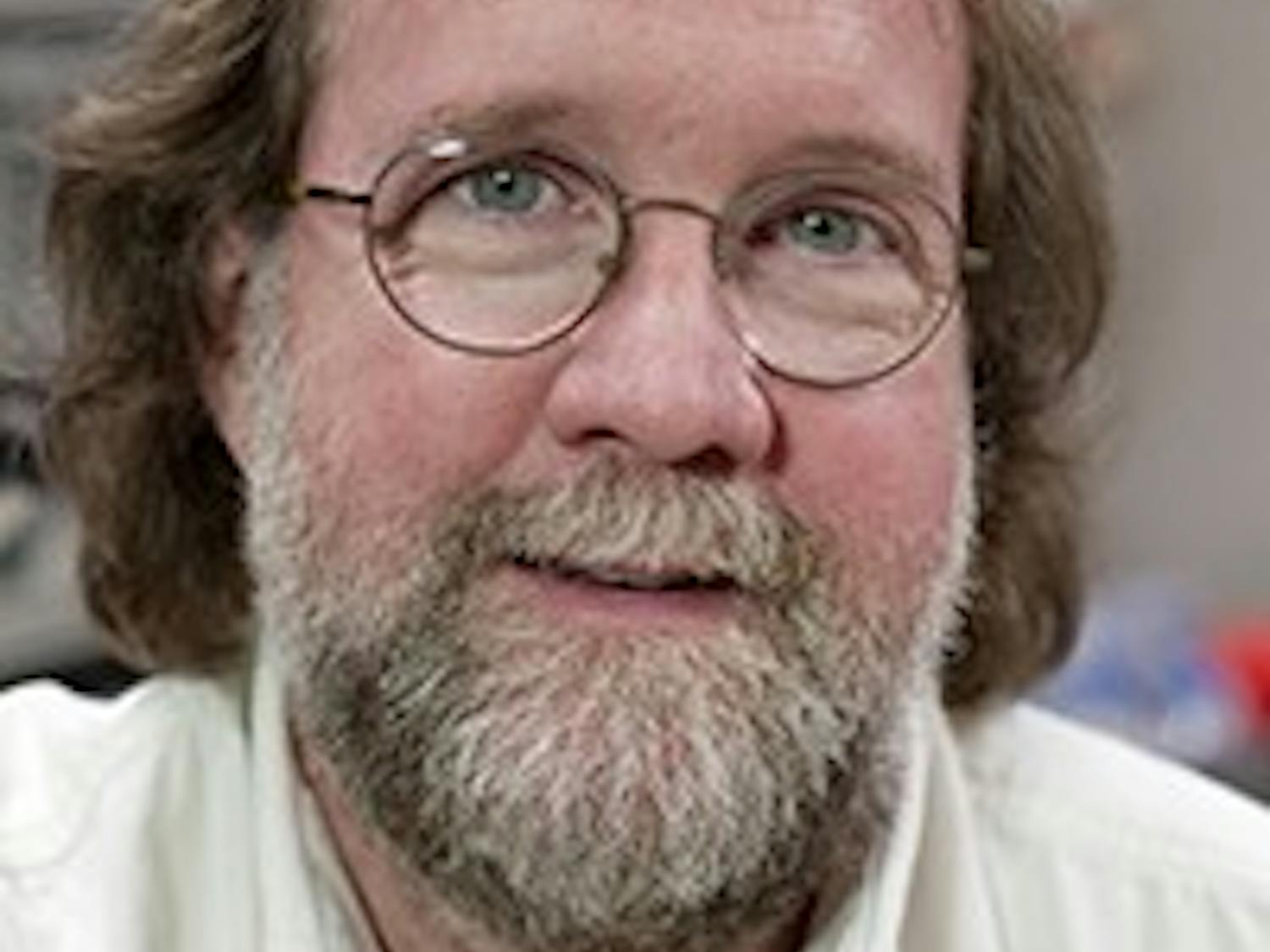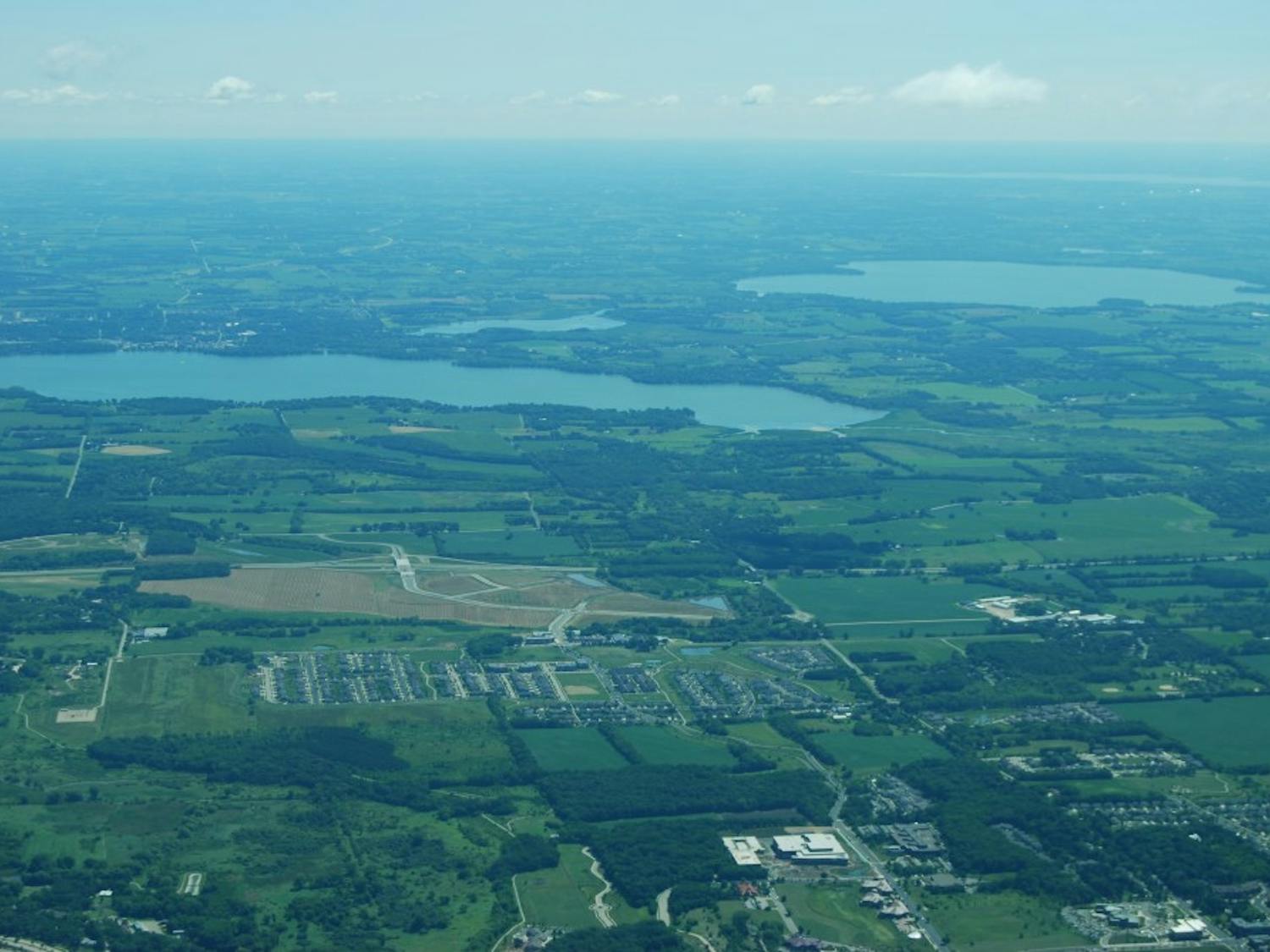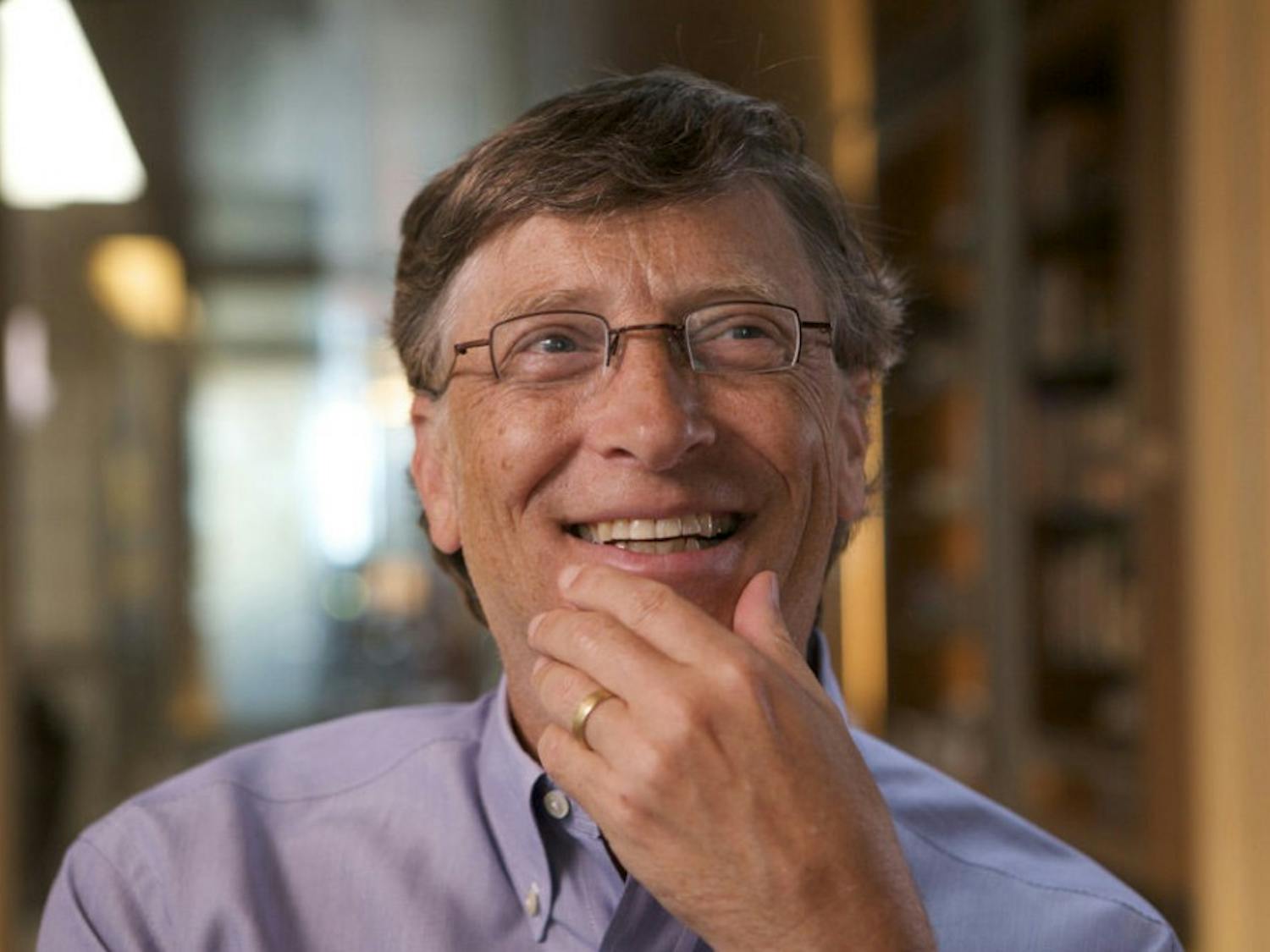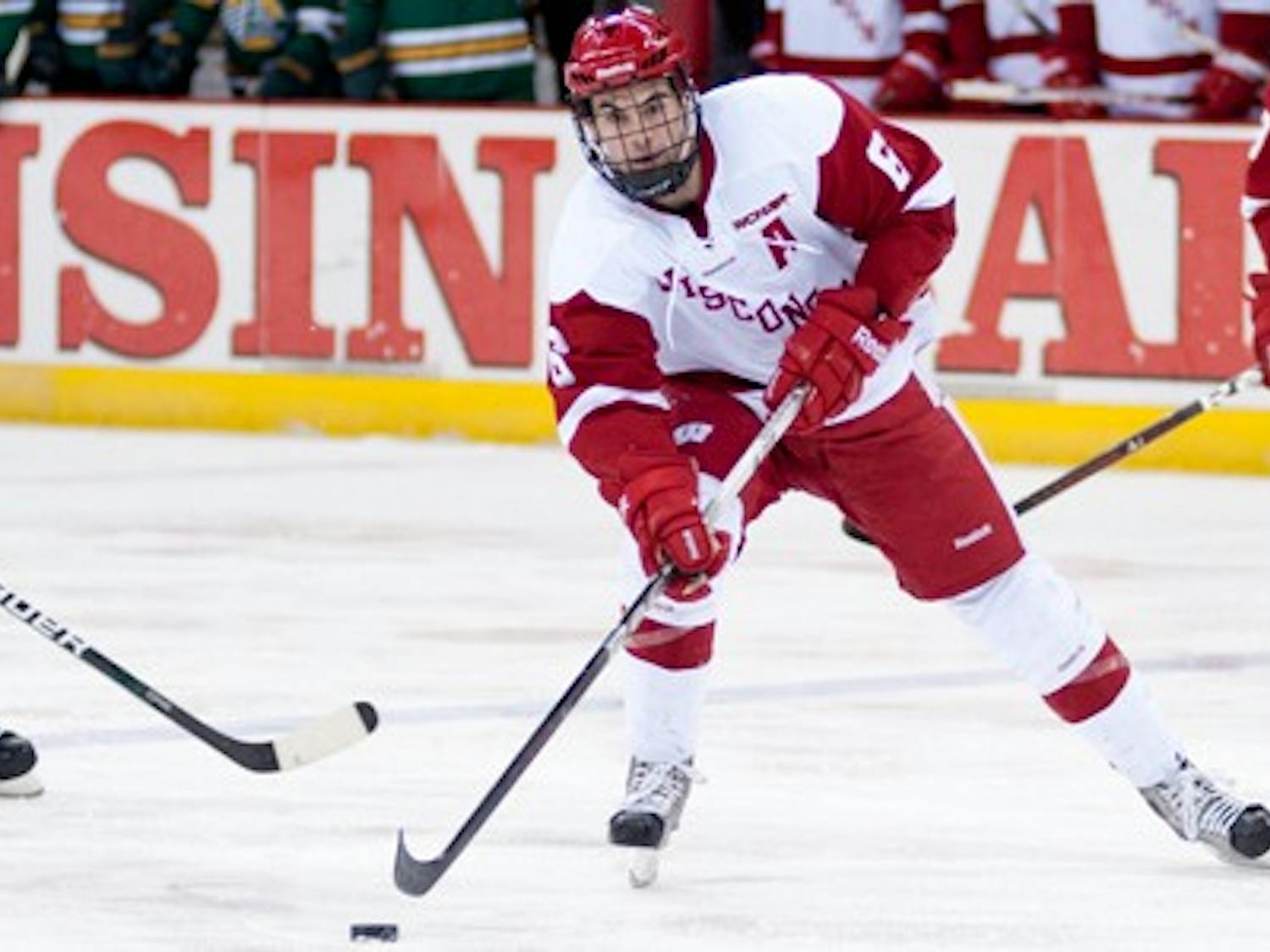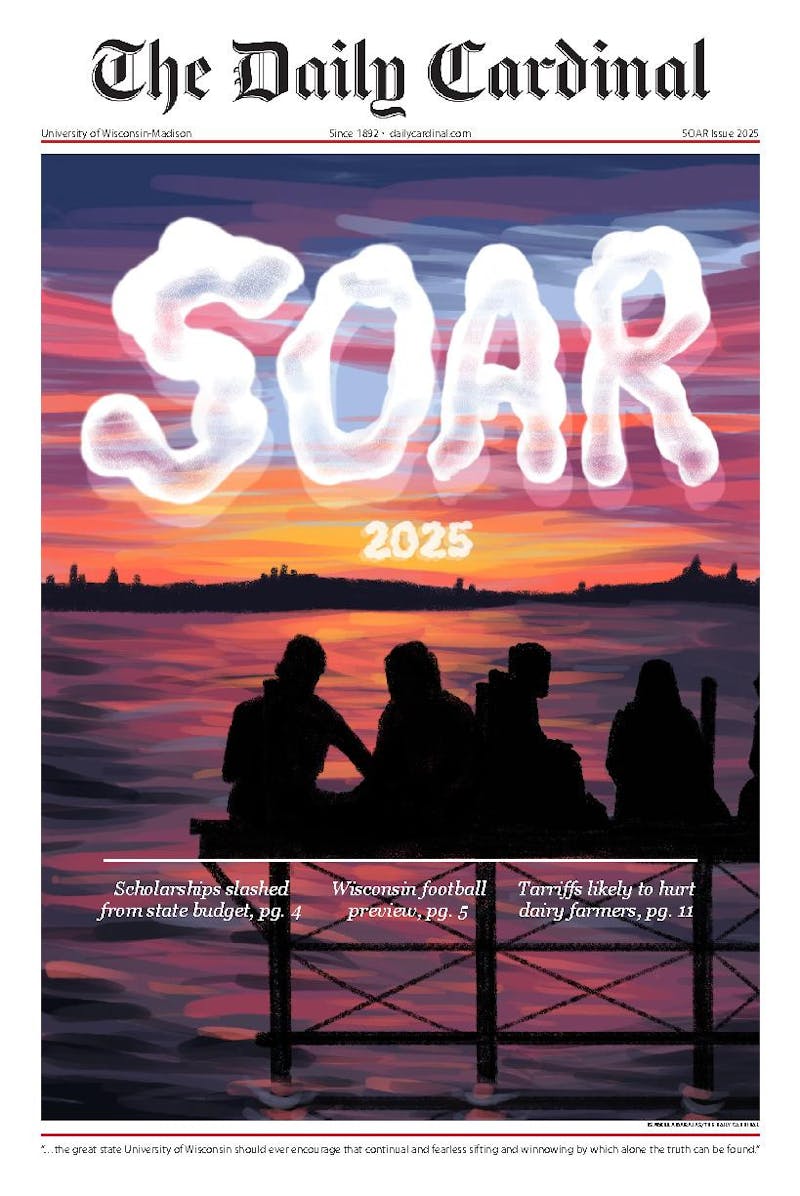University receives funding to operate telescope in South Pole
By Jake Skubish | Mar. 31, 2016UW-Madison announced the renewal of its funding with the National Science Foundation to operate a telescope known as “IceCube” buried under ice in the South Pole, according to a university news release. The funding for IceCube will be $35 million over the next five years. IceCube is located at the NSF’s Amundsen-Scott South Pole Station and operates to detect high-energy cosmic neutrinos, the discovery of which has led to other scientific findings, according to the release.

